Use Baskets to Decorate Your Home
Baskets are one of the easiest and most effective ways of adding the country touch to your home.
Bleached blond, naturally tawny, and dyed or painted lovely warm shades, baskets are one of the easiest and most effective ways of adding the country touch – the texture and weave providing a naturalness to your surroundings. For centuries, basket making has been a traditional craft, using local materials such as willow, cane, twigs, or straw.
In most homes, there are baskets stashed away in cupboards and corners too good to throw away. Jolly baskets picked up on holidays in sunny places, venerable baskets with a patina of age, rescued from jumble sales, or brightly colored baskets from the charity shop.
You can give a new lease of life to an old basket with a coat of waterproof paint or stain, picked to match a color in the surroundings. Spray can paint is easy to apply, but is best used outdoors following the instructions.

Baskets make attractive containers
Baskets make good containers for flower arrangements and also hide plastic pots decoratively. With pot plants, you need to waterproof the basket with a plastic lining or find a saucer the right size.

The Shopping Basket
This once commonplace item is now appreciated for its decorative value. Here it is filled with pine cones – the cones complement the weave of the basket

A Cluster of Baskets
Grouped together in this way, these baskets draw the eye with their rustic charm. They also reduce the ceiling height in this sunlit kitchen, creating a cozy atmosphere. Try hanging two or three interesting baskets from hooks in your kitchen – they can be used for storing odds and ends.

Natural Harmony
Dried flower arrangements look wonderful in baskets – the texture of the weave marries well with the dried stems and leaves and the color of the flower heads.
The History Of Baskets
Prior to the invention of woven baskets, people used tree bark to make simple containers. These containers could be used to transport gathered food and other items but crumbled after only a few uses. Weaving strips of bark or other plant material to support the bark containers would be the next step, followed by entirely woven baskets. The last innovation appears to be baskets so tightly woven that they could hold water.[citation needed]
Depending on soil conditions, baskets may or may not be preserved in the archaeological record. Sites in the Middle East show that weaving techniques were used to make mats and possibly also baskets, circa 8000 BCE.[citation needed] Twined baskets date back to 7000 [1] in Oasisamerica. Baskets made with interwoven techniques were common at 3000 BCE.
Baskets were originally designed as multi-purpose vessels to carry and store materials and to keep stray items about the home. The plant life available in a region affects the choice of material, which in turn influences the weaving technique. Rattan and other members of the Arecaceae or palm tree family, the thin grasses of temperate regions, and broad-leaved tropical bromeliads each require a different method of twisting and braiding to be made into a basket. The practice of basket-making has evolved into an art. Artistic freedom allows basket makers a wide choice of colors, materials, sizes, patterns, and details.
The carrying of a basket on the head, particularly by rural women, has long been practiced. Representations of this in Ancient Greek art are called Canephorae.
Reference: The Country Look—Decor & Crafts


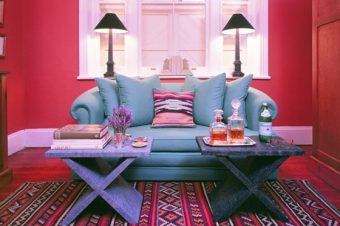
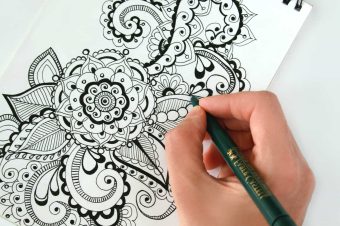


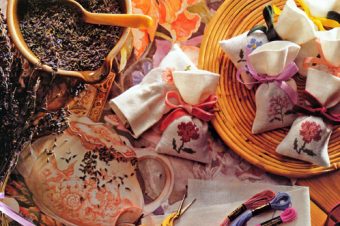
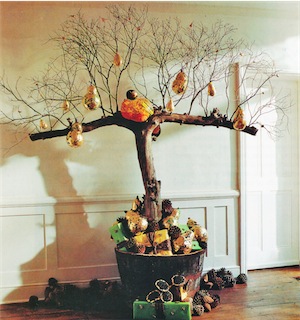
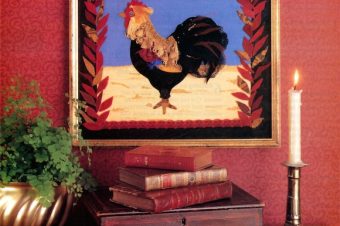
One Response
12 Steps How to Make a Dough Basket - Crafting DIY
[…] Beautiful Baskets make attractive containers […]